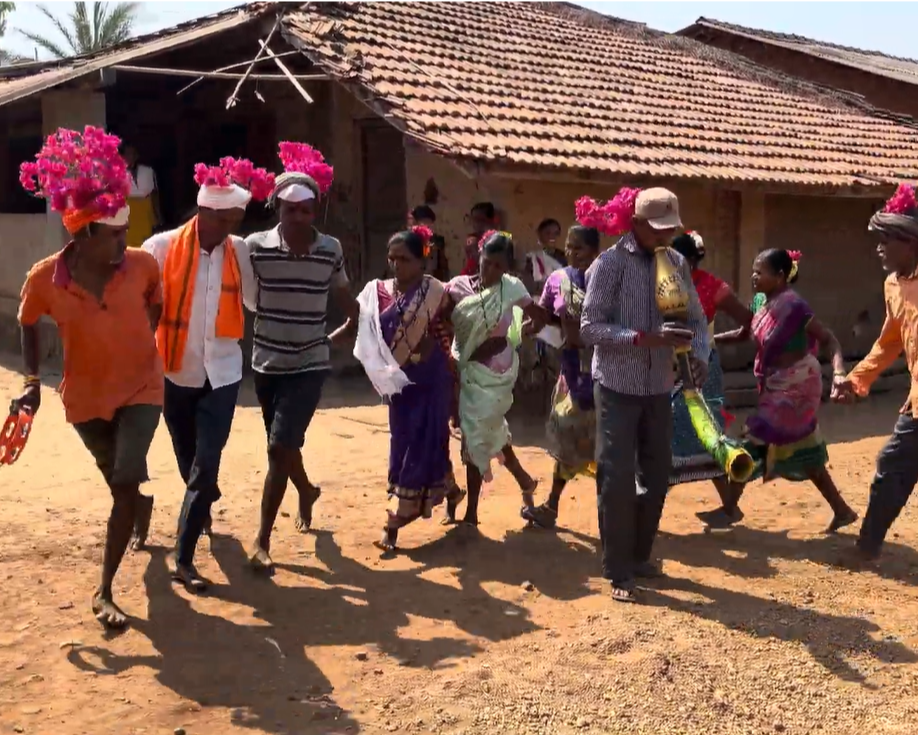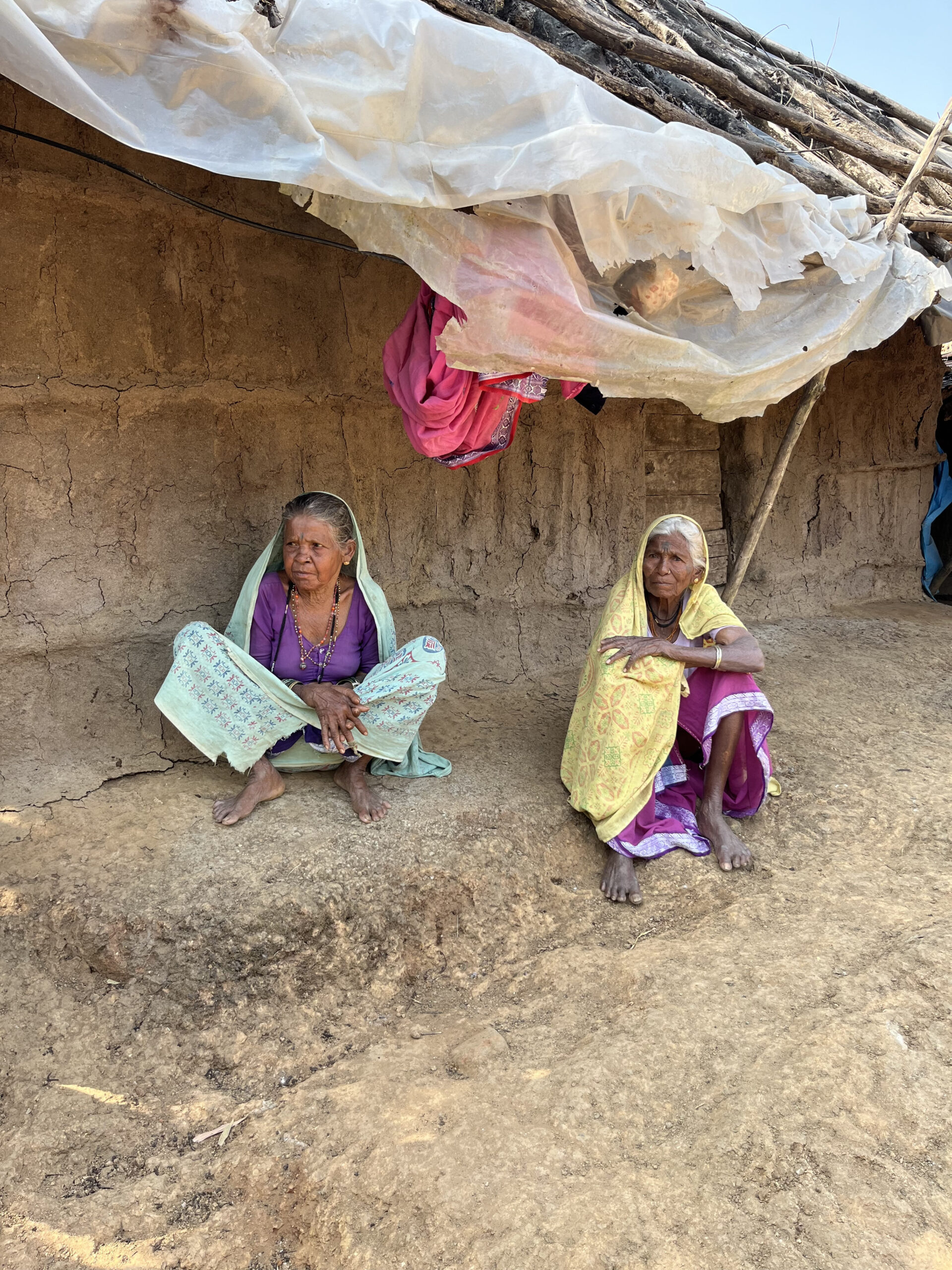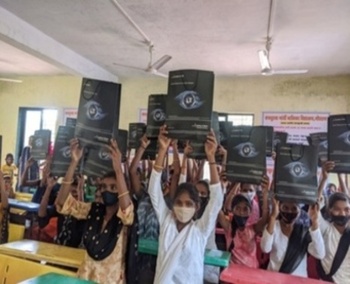Indian Cultural Diversity

From the country that gave the world the “Zero” to the infinite variety of
cultural diversity, India provides a rich patchwork of experiences woven
mysteriously into a social fabric that dazzles the imagination as much as it
defies conventional logic.
One of the earliest forms of verbal Indian sacred literature, are the “Vedas”,
meaning “knowledge”. The oldest of these is the “Rigveda”, the Veda of praise,
which speaks of ‘Vasudaiva Kutumbakkam’, the world is my family, proving that
the concept of today’s global village is hardly new to India.
Some of the greatest scientific achievements the world has seen have emerged
out of the mists of early Indian history. Ancient ruins of Mohenjodaro,
Harrappa, Lothal and the submerged Dwaraka bare mute witness to the world’s
earliest numerate civilization. With its development of the ‘zero’, ‘pi’, the place
value system and the modern concept pf ‘infinity’, ancient Indians laid the
foundation of the modern world as we know it. More recently, the 20th century
saw the brilliance of Nobel Laureate C V Raman who expounded what the
scientific community marvelled as the ‘Raman effect’. Ramanujam, in his
favourite topics like ‘infinite series’ and ‘continued fractions’ had no equal in
that century. Yoga, meaning union of body and mind was a way of life in India.
Ayurveda, a science that embodies naturalness and not chemicals, again was a
gift to the world from India.

Literature was not far behind. India has a classic tradition of word-of-mouth
literature that has not just survived, but has grown and been embellished over
thousands of years, still finding relevance in modern-day society – the Vedas,
epics like Mahabharat that contain the immortal wisdom of the Gita, are seen
today as a spiritual balm for today’s society, Nobel laureates like Rabindranath
Tagore carried this tradition into the 20th century, authors like Nirad Chaudhari,
Arundhati Roy, and others picking up Pulitzers & Bookers prizes in a language
that is supposedly alien to them, English!
A significant part of ancient traditions is “Katha” the art of storytelling, used
since ancient times to instill moralistic values through the revelation of the
consequences of human action – Karma.
India has experienced hundreds of years of foreign invasion and influence, yet
it somehow manages to absorb and change everything the world cares to fling
at it, remaining at root untouched. India is different which is why the world
sees it as imperious. Though it is modernizing rapidly, India still moves
according to ancient cultural rhythms and hallowed social practices. The
stabilizing power of tradition is evident everywhere in India, a country which
rejects almost nothing of its heritage.


The mystique of India has fascinated travellers for thousands of years.
Geographically, this vast country stretches from the Himalayas in the north-east
– the great mountain bastion which divides India from Central Asia, to
Kanyakumari at its southernmost tip. This makes for snowy mountains in the
North to the balmy beaches all over its peninsula coastline running almost
2000 kilometers. And from Goa, being sold as 365 days holiday, to the arid
desert kingdom of Rajasthan, to India’s very own Venice, the state of Kerala
known as God’s own country. This obviously makes for widespread weather
patterns, attires, and food preferences. The various states and Union territories
that were carved out on a linguistic basis would give you an indication of the
veritable tower of babble when you look at the languages Indians speak. An
example of this can be seen on our hundred rupee note where many
translations are printed. One wonders how Indians communicate amongst
themselves, leave alone the world! But the marvel of modern India is most are
bi-lingual, and many are multi-lingual, and it would not e wrong to say tht the
Queen’s English is now mostly found India, making it increasingly interesting in
the Global Arena.
Very difficult to then define who is an Indian. He could be one from the fields
of the baking northern plains, or emerging from the scented, green, lush
plantations of the south, Sardars from Punjab or one who draws his warm cloak around him as he marches down the mountain passes of the Himalayas, bright-
turbaned Rajasthanis or the Assamese tea planters. So whie the predominant racial type in India is Caucasian, some groups in the mountains have mongoloid
features. In pretty much the same way, Indian cuisine is unique to each region.
India has been known globally for its flourishing spice trade, Indian pepper
being known as ‘black diamond’. Not to forget our flourishing diamond trade
and the ‘Kohinoor’.


These Indian wonders have been described by writers ever since the Greeks,
the first ambassadors of western civilizations reached India in the third century B.C. The Taj Mahal at midnight, the dust of the listless plains, the color and clamour of its bazaars, elephants moving gently through dense forests. Running through nearly all these images are the potent symbols of sun and water –
unyielding heat, great rivers – sources of life throughout the world, but now here more obviously so in India.
India has been a melting pot of religions through the ages. Ancient Jews from Syria built a synagogue in the South Indian town of Kochi that is venerated by
Jews around the world even today. St.Thomas, one of the original apostles of
Jesus died in modern-day Chennai and till today the main road in the city is
known as Mount road, a reference to the Mount of St.Thomas. Goa sees many
tourists from all over the world who come to witness the once-in-a-decade
exposition of the relics of St. Francis Xavier whose remains have survived
miraculously. India gave Buddhism to the Eastern world. While Hinduism
dominates, all other religions are freely practiced, and an important minority of
the population, India’s tribals follow their own religion – they are animist, who
venerate the mysterious forces embodied in wood, water or animal life and are
truly the world’s earliest environmentalists. The huge variety of religions
practiced on the sub-continent is another testimony to India’s capacity to
absorb rather than dismantle.

Needless to state that the music, dance forms and festivals are as varied too.
The family as an institution has survived the advent of modernism and still acts
as an enduring support system. Respect for age is core to Indian values. India
can steal the travellers heart and brand her soul like no other country. For
centuries, its landscapes, sounds & smells, its people have stimulated the
imagination of westerners, causing them to marvel, and sometimes to despair.
This has been encapsulated by Mark Twain, the American writer and traveller
who came to India in 1896 : “So far as I am able to judge, nothing has been left
undone, either by man or by nature, to make India the most extraordinary
country that the Sun visits on His round! Nothing seems to have been
forgotten, nothing overlooked.” His job was to describe India and he nearly
threw away his pen in despair. “Always” he wrote, “when you think you have
come to the end of her tremendous specialities and have finished hanging tags
upon her as ….the lad of the Plague, the land of Famine, the land of Giant
Illusions, the land of Stupendous Mountains, and so forth, another speciality
crops up and another tag is required.” It was best he decided, to throw away all
tags and labels and very simply call it “The Land of Wonders”!


